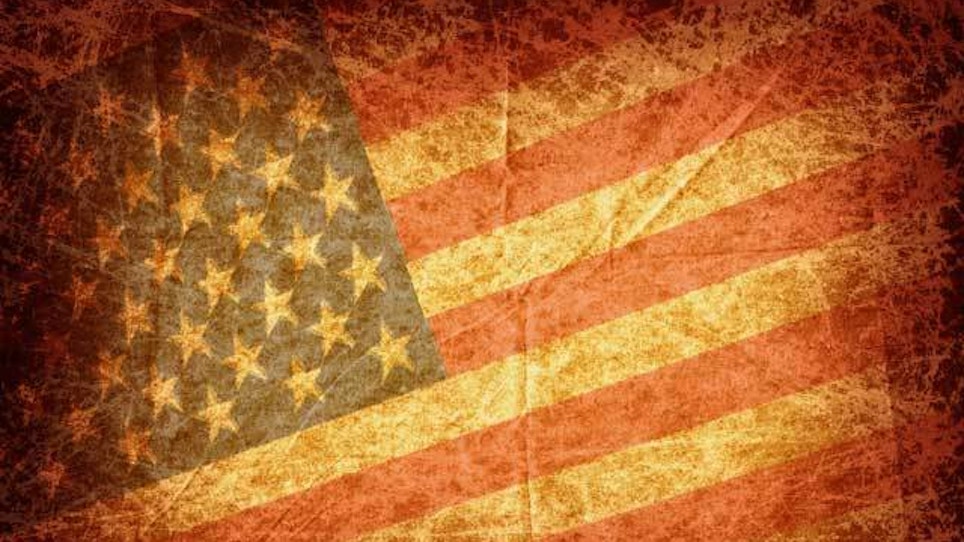JULIE ZAUZMER | The Washington Post
QUANTICO, Va. (AP) — While Doug Rink, a 31-year veteran of the Army and then the Air Force, was recuperating at Walter Reed Medical Center from a grievous road accident that left him with an amputated leg, 10 broken bones in his back, a dislocated shoulder and a traumatic brain injury, he surprised one of his nurses.
She walked in to find his bed strewn with feathers, foam, fur and thread. "What's going on?" she asked him.
"You know the story of Icarus?" Rink replied. "I'm getting out of here."
In fact, Rink was constructing not wings but flies, artfully designed lures used by fly fishers to catch a bite. Since he learned the craft of fly-tying in bed at Walter Reed five years ago, fly-fishing has indeed helped him heal. On Feb. 22, he was surrounded by foam and feathers again, alongside more than 40 other volunteers who spent the day tying flies to benefit wounded veterans like Rink.
The volunteers at the fly-tying marathon, held at the National Museum of the Marine Corps at Quantico, Va., tied 716 flies in eight hours, enough to provide veterans all over the country with supplies for free fly-fishing trips.
Project Healing Waters, an organization with chapters nationwide, sponsors these trips for wounded veterans and active duty military personnel who are recuperating from injuries.
After volunteers from Project Healing Waters taught Rink to tie flies, they encouraged him to come fishing. At first he did not think he could wade into a stream with his new prosthetic leg, but he gave it a try.
"Yes, I slip and fall," he said. "One of the things this program does is help us see, sure, there's things maybe we can't do, but there's a lot of things we can."
T.J. Dunne, an active-duty Marine who learned to fish and tie flies while deployed in Japan years ago, serves as a volunteer leader for Project Healing Waters excursions. He agreed with Rink about the program's therapeutic value.
"You teach them to tie flies, and it forces them to concentrate on that, so they're not thinking about anything else," Dunne said. "Really, there's a lot of therapy in the procedural stuff. Part of the therapy comes from saying, 'I can do things, and I can do things that I like to do.' Then it gets them enthused for other things in life."
As he spoke, Dunne created a lure designed to simulate a minnow, with white fur from a buck's tail used for the small fish's belly, synthetic neon threads to create fishlike movement in the water, and lead eyes to help it sink.
The art of fly-tying is enormously complex. Practitioners arrived at the Marine Corps museum toting their own vises, lamps and magnifying glasses as well as thread, fur and feathers of every variety.
Patterns for specific flies fill bookshelves and hours of YouTube videos. Flies must look like the prey of the fish that they are designed to hook, whether it be an insect, a smaller fish, or even a mouse. Moreover, fly fishers take the time of year and even the time of day into account when picking their flies, it's hard to get a bite with a fly resembling a springtime beetle if you're fishing in the fall.
Rolando Rodriguez, a veteran who has been a Project Healing Waters beneficiary, crafted flies at the marathon that resembled mice. For each one, he cut a section of deer hair from a large piece of hide, carefully removed the underfur, clamped it to his vise and wound thread around it. He attached a foam body and a long rabbit-fur tail with more rotations of the bobbin of thread. It took him 35 minutes to make each fly.
Across the table, Richard Farino was working on at least his 20th minnow of the morning. A practiced craftsman who spouts facts about the hobby, as he worked, Farino remarked that the oldest mention of fly fishing comes from the ancient Roman writer Claudius Aelianus, he spun the simple flies together in just three-and-a-half minutes each. Many of the volunteers at the event had purchased their materials at his Alexandria, Va., store, Urban Angler.
Others went with earthier methods. Victor Kernus, of Fairfax Station, Va., said he harvested hairs from his dog: "My shepherd had this great hair on her rump." But one source of materials has dried up, he said. "My wife won't let me stop to pick up roadkill anymore."
———
Information from: The Washington Post, www.washingtonpost.com






